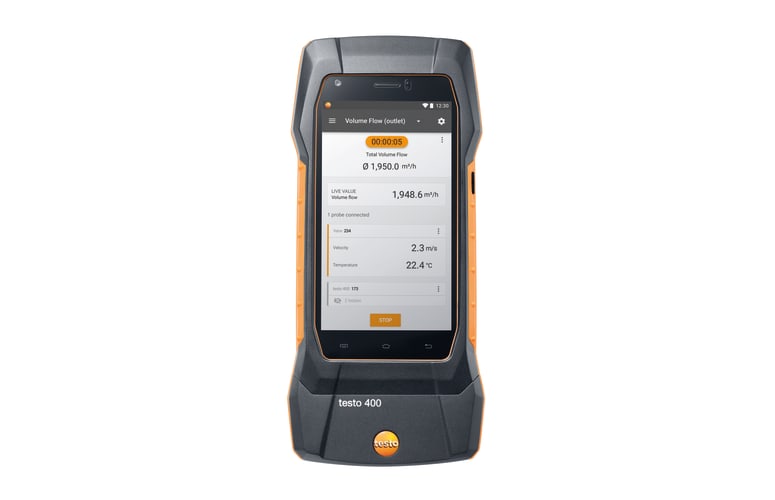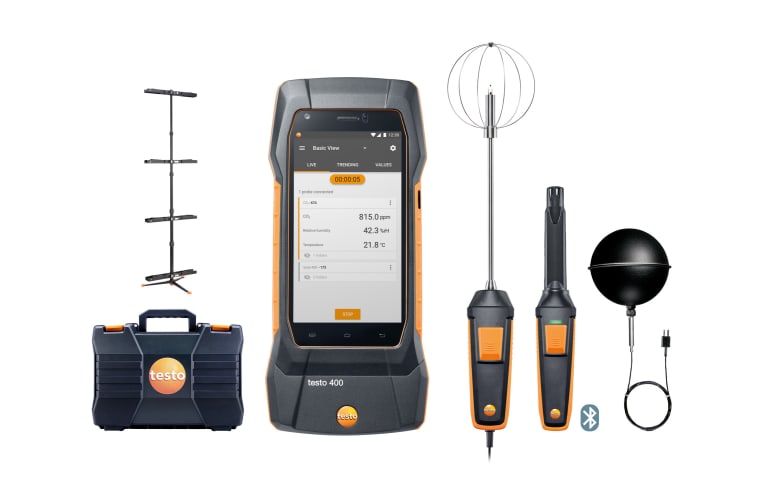PMV/PPD measurement
A person's sense of well-being in a room (level of comfort) depends on a series of particular external influencing factors. For example, people are extremely sensitive towards thermal radiation caused by cold walls or windows. We also respond to draughts in a room with thermal discomfort. Thermal comfort is defined by the following main influencing factors: indoor air temperature and radiation temperature, air velocity, relative humidity of the indoor air. In turn, the effect of these main influencing factors on a person's sense of comfort depends on his or her (level of) activity and clothing. The international standard ISO 7730 combines all of the parameters in the PMV/PPD measurement (Predicted Mean Vote/Predicted Percentage Dissatisfied). The PMV is an index which predicts the average climate assessment value of a large group of people. The PPD Index provides a quantitative prediction of the number of people that will be dissatisfied with a certain ambient atmosphere.

